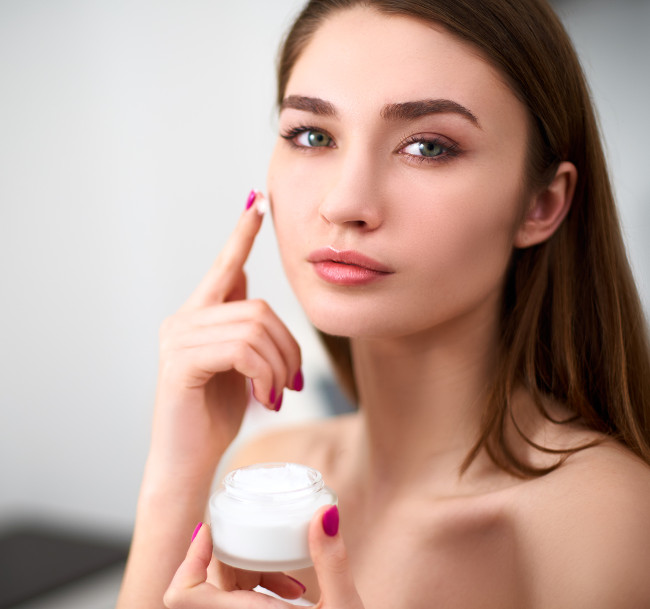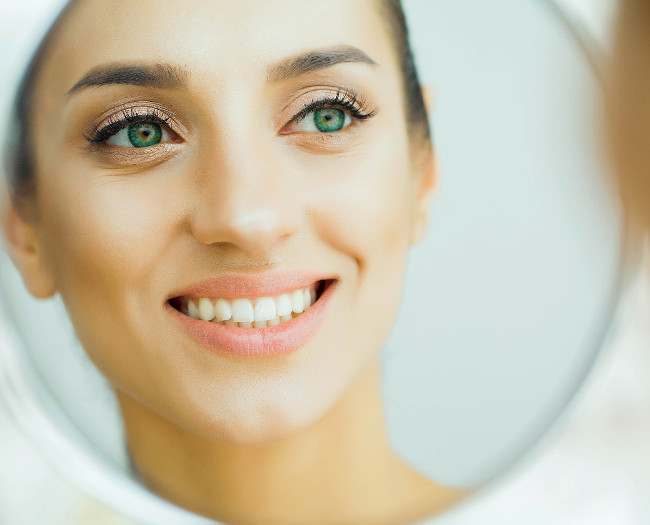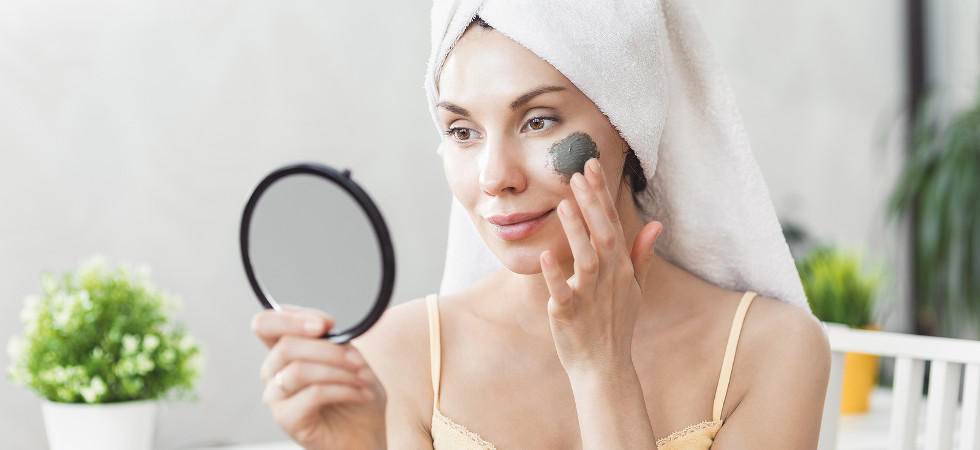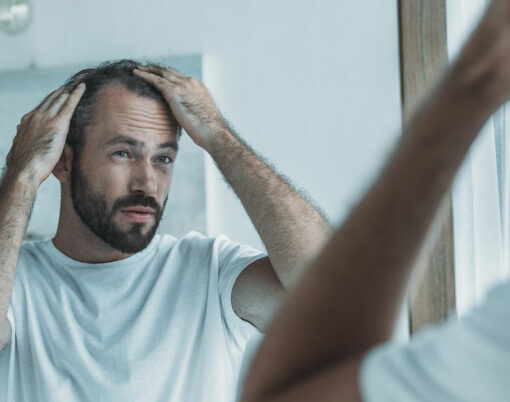Skin stripping is the expression used to describe unintentionally damaging your skin by using the wrong beauty or health products. If you use the wrong product, or too much of it, you could be stripping away all the natural oils which are protecting your skin and keeping it healthy.
Many of us have wrongly believed that oily skin is something to be avoided at all costs and can lead to things like acne and blemishes. However, it is these natural oils that actually keep the skin in good condition and protect our skin cells beneath, and removing the natural oils could permanently damage skin in the long term.
Here, Lucy Xu, lead therapist and director of London Premier Laser Clinics explains further.
How do I recognise skin stripping?
Skin stripping occurs after you’ve used a product which has left your skin feeling that its tight, the chances being that you’ve just stripped your entire face of those precious oils your skin needs to remain healthy. Whilst you might mistake the tightness for supple and smooth skin, this is likely to be caused by simply drying your skin entirely so it lacks its usual texture.

What causes skin stripping?
Skin stripping is caused by either using wrong products for your skin or over-use of the right products. Items such as face wipes, cleansing products and skincare foam washes not only remove the natural oils found on your skin, but also potentially do some damage to the epidermis below. Whilst the short-term effect may be exactly what you wanted; dryer, smoother and the appearance of cleaner skin, the long term effects could be a lot worse.
Make-up wipes are by far the worst example of skin stripping, this is because they usually contain harsh chemicals which are added to help remove all of the make-up content from your face. So, whilst you may be happy with the results of a strong make-up remover, it could also be removing important elements of your skin. Another potential cause of skin stripping could be by showering too much as long showers can wash the essential oils away from your skin.
What are the effects of skin stripping?
Above all else, skin stripping removes your natural oils. These oils form a protective barrier against bacteria and other harmful elements that could not only damage your skin, but harm other body parts.
Removal of these essential oils can also cause dryness and potentially redness of the skin. If your skin isn’t properly hydrated, this can lead to cell degradation and even potentially peeling if the skin area and cells are dying. And it’s not just the appearance that can be harmed, every time you lose those skin cells, you’re also losing valuable protection against the sun. Your skin acts as a natural barrier for the rest of your body and helps reduce the amount of UV rays that are absorbed.

How should you remedy it?
Something like IPL Skin Rejuvenation can be a good option if your skin is really suffering from all the stripping. IPL uses “Intense Pulsed Light” to target damaged skin areas and helps regenerate collagen, tighten and firm the skin and diffuses redness. It can also be used for dispelling broken veins, reducing fine lines, improving rosacea and reducing the impact of sun/age spots and birthmarks. Other ways to remedy skin stripping would be to bin all wet wipes and face washes and start to give back those natural oils to your skin by using skincare ingredients such as hyaluronic acid, rosehip oil and using moisturising masks and nourishing creams to help counteract the damage.






















